Estimating Building Costs: Understanding and Managing What Drives Your Construction Budget
Are you struggling to estimate the costs of building your dream home? Wondering what factors drive these expenses? This article demystifies the complexities of construction budgeting, offering invaluable insights into accurately estimating building costs. You'll learn strategies to manage and control your budget effectively. By reading this, you will be equipped with the knowledge to make informed decisions in the design of your home, ensuring that you can build it within your allocated budget.
10 min read
Embarking on the journey of building a custom home is a thrilling prospect, but it comes with its set of challenges. Often, homes that are already built or available on the market fall short of meeting your family's unique needs and lifestyle. Maybe they lack modern, sustainable features, or they just don't have that perfect layout you've been dreaming of.
But why is it crucial to think about costs right from the start?
Well, imagine you're planning to welcome a new family member in a year, and you want your dream home ready by then. Timely planning is essential, and unexpected costs can throw a wrench in your plan.
The process of designing your home and obtaining necessary permits can take a significant amount of time — typically 3 to 6 months. And while a budget overrun of ten to fifteen thousand dollars might be manageable, differences amounting to hundreds of thousands can lead to major redesigns and delays, potentially derailing your family's plans.
This is why estimate construction costs is vital. In this article, we'll provide you with insider tips to effectively manage and reduce these costs, ensuring you don't compromise on the essential qualities of your dream home. We'll delve into the strategies for cost control from the onset of your project, bringing you closer to the insights usually reserved for experienced property developers.
Key factors impact Construction Cost:
It usually considers building size, building structure and the finishes.
There are other miscellaneous items that can impact cost, such as permits, and communicate with authorities, Level of difficulties in accessing the construction area.
You may op to add a small amount for an absolute peace of mind.


1. Building Size
When it comes to building your home, size is a huge factor in determining the overall cost. It's pretty straightforward: the larger the house, the higher the price tag. This happens because the cost of materials and labour generally stays the same per square meter. So, if you're opting for a larger floor plan, you're essentially multiplying those fixed costs.
But why does size affect the cost so much?
Let's break it down...
First, there's the obvious – more space means more materials: bricks, paint, tiles, you name it. Then, there's the labour. Building a larger house takes more time and effort, which translates to higher labour costs.
Experienced builders often use a square meter rate to estimate the cost for custom homes. This rate is based on their extensive knowledge of the costs associated with different materials and labour required for a specific size. It's like having a handy rule-of-thumb to quickly gauge how much a project will set you back.
How do you find out the likely square meter rate?
Understanding the square meter rate in your suburb is key to accurately estimating the cost of your build. There are other different ways to find out but you can start from this crucial piece of information.
Consult Local Builders:
Start by reaching out to local builders or contractors in your area. They have hands-on experience and are usually up-to-date with the current market rates. Schedule a consultation or ask for a rough estimate per square meter for the type of home you're planning to build.
You never know, in the very rare occasions (unless if you approach volume builders), the builder can have designs they completed that can offer to you with minimum design cost, perhaps helping you achieve even more savings.


Online Cost Calculators:
There are online calculators available that can give you a ballpark figure based on your suburb and the type of construction you’re considering. While not entirely accurate, they can provide a starting point for your budgeting.
A Quantity Surveyor can provide market related information.You can use this Quantity Surveyor’s free online calculator for an estimate of cost.
https://www.bmtqs.com.au/construction-cost-calculator
For Builder’s websites, be very mindful with the advertised price.You can often found rates advertise at very low per sqm price.In the best case scenario, these builders are providing the prices advertised for an exact home plan and design with the lowest specification.The cost to adjust or upgrade will be above and beyond the market rate, and is where the builder’s profit lies.It is very difficult to outsmart the builder, who’s working on his craft as a full time business, to avoid all ‘upgrade options’ and changes to plans.
If you find rates that are much lower than the average from Quantity Surveyors, speak with the builder and confirm the rates.
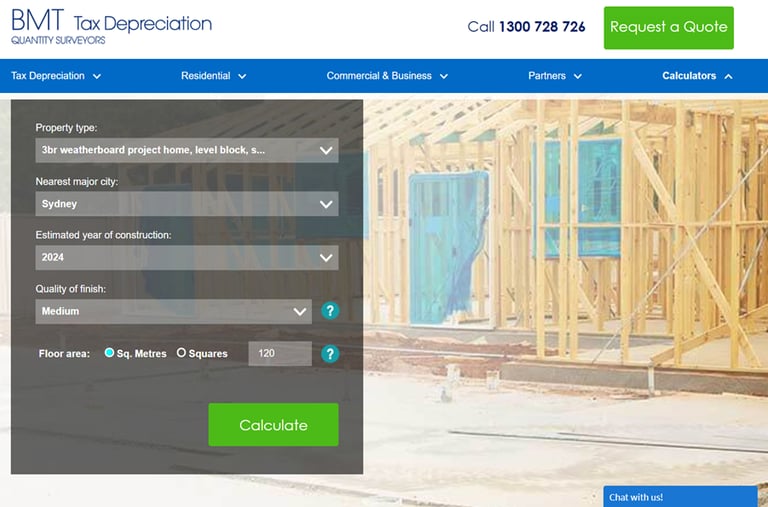

Leverage Social Media and Forums:
Platforms like local Facebook groups or forums can be goldmines for information. Residents in your suburb who have recently undergone construction can share their experiences and the rates they encountered. It’s also a great way to get builder recommendations.
Ask in Council Offices or Local Government Bodies:
Sometimes local council offices have data on recent constructions and their costs. While not always available, it’s worth asking as they might have insights specific to your suburb.


2. Structure:
The structure of a building is like its skeleton; it impacts both the design and cost. In its simplest form, a building structure typically involves a concrete slab, timber framing, and trusses. This setup is ideal when dealing with straightforward soil conditions — think soils without rocks or other challenging elements.
But, let's dig deeper.
When your building site has complexities like rocky terrain, problematic soil, or you love architectural designs, the costs start to climb.
Why?
Ground Conditions - These conditions often require specialized solutions like rock excavation or foundation strengthening. These processes are not only labour-intensive but also need additional, sometimes costly, materials.
Design choices - Can influence your budget. Opting for steel structures, large windows, architectural design with elements that appear to float or are ultra-slim, will also bump up your costs. These contemporary design features, while visually stunning, demand precise engineering and high-quality materials.
If you're leaning towards an architecturally-designed contemporary style house, brace yourself for an increase in construction costs from the basic square meter rate. Due to their complexity and the high level of detail required, builders may estimate these costs to be anywhere from 5% for a better façade to a standard home with hip and gable roof, to 100% more than the basic square meter rate if the home is build fully with large openings and floating designs.
In Melbourne and across Victoria, where contemporary and custom designs are highly sought after, it's crucial to factor in these structural elements when budgeting. A double story, home with hip and gable is what the basic square meter rates can build. When you're eyeing a minimalist design or a modern architectural marvel, The ‘minimalist’ means complex and expensive structures hidden behind well crafted cladding to achieve the results.
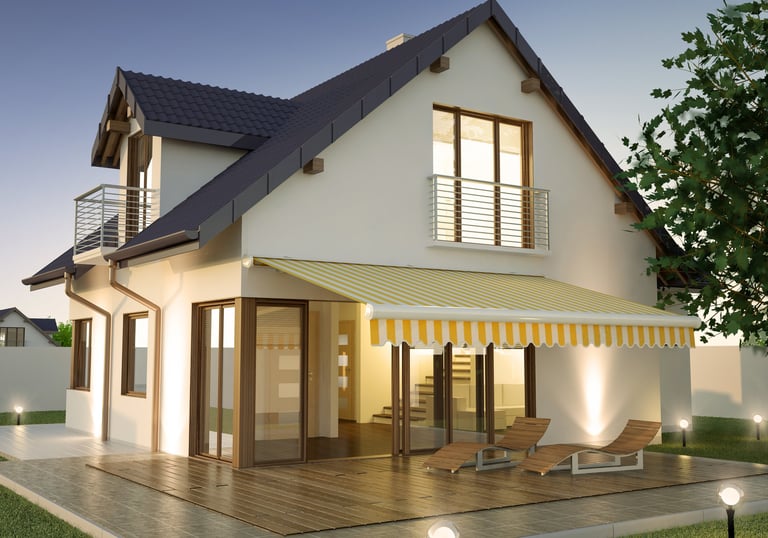

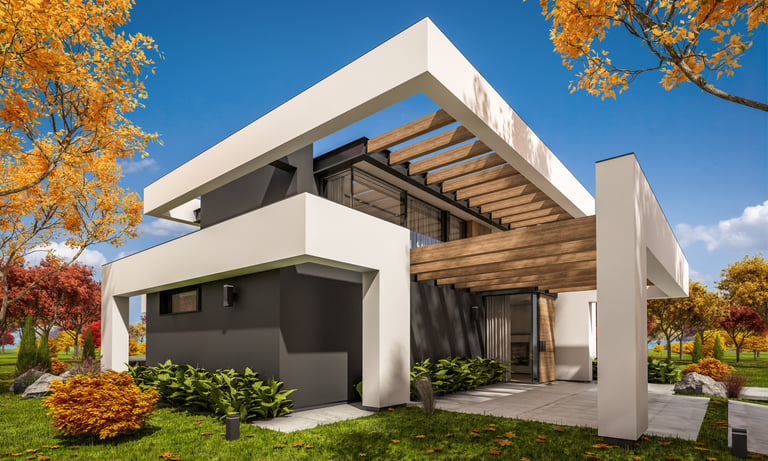

Higher Structural Cost
Basic Structural Cost
3. Finishes:
When we talk about the builder's square meter rate, as mentioned in the section on 'size', it's important to note that this typically covers only the basic specifications. High-end finishes are a different ball game altogether.
Builders who includes premium finishes in their advertised prices often find themselves out of competitive range, making it harder to secure jobs. That’s why all advertised price tends to use the basic finishes.
So, what exactly are these finishes, and how do they influence your building cost in the Melbourne market? Let's dive into some common examples:
Tiling in Wet Areas: Fully tiling bathrooms, instead of partial tiling, elevates the look but also the cost. Think luxurious floor-to-ceiling tiles that transform these spaces into spa-like retreats.
Commercial-Grade Windows: Larger, more stable windows not only enhance natural light and views but are also a significant factor in cost. They require specialized installation and higher quality materials.
Landscaping: A beautifully landscaped garden can turn a house into a home. You will need professional landscaping, especially with custom features like water bodies or intricate garden designs to achieve the quality required.


Custom Staircases: A specifically designed staircase can be a stunning focal point but requires meticulous planning and craftsmanship.
Air Conditioning Systems: Installing more than two split air conditioning systems, particularly if they are of higher efficiency or design specification, or if you use ducted systems, may needs trades with different higher skills.
High-End Kitchen Appliances: The kitchen is often the heart of a home. Equipping it with top-tier appliances is often essential for a quality home.The cost from a set of builder’s appliance to a high-end home appliance is often not included in the basic rates.
As a homeowner in Victoria, especially in design-conscious cities like Melbourne, it's wise to work closely with your architect to pinpoint where these high-quality finishes will make the most impact. By strategically choosing areas for these premium touches, you can manage your budget effectively while still achieving that bespoke look and feel for your home.
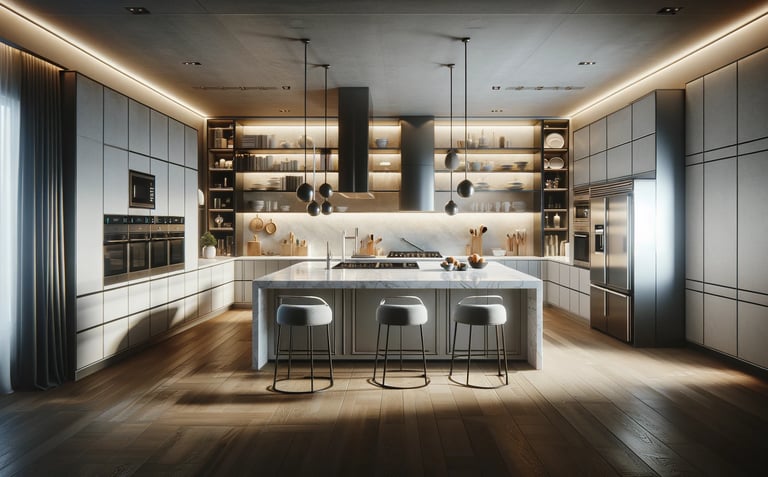

Here's an Example:
Consider this example: You plan to build a home in Melbourne with 4 bedrooms, 2 living spaces, a double garage, and a total of 3 bathrooms. After reviewing various plans, you determine that the construction should span approximately 280 sqm.
By using the BMT Quantity Surveyors calculator, you ascertain that preparing $755k for your home would be advisable. Based on this figure, collaborate with your architect and builder to adjust the building area, finish level, and structure, aiming to strike an optimal balance.
A reasonable target would be around $680k, achieving a cost saving of about 10%. However, be mindful that anything significantly cheaper could adversely affect the quality of your new home.
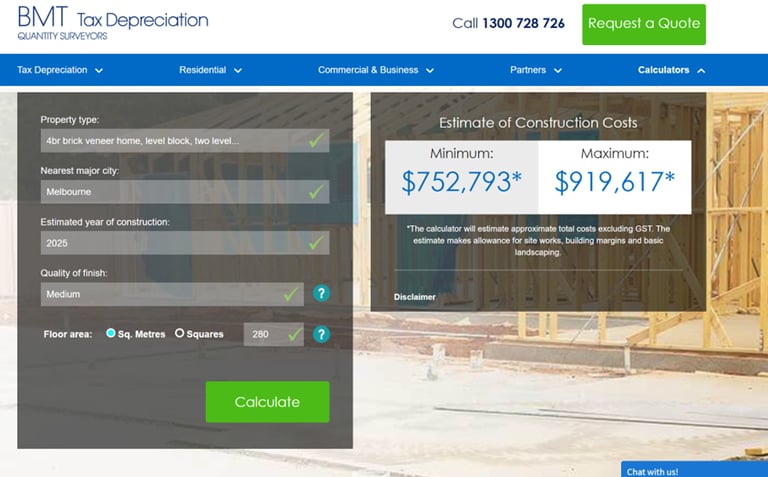

Summary:
Start with fair market prices in mind and work to save as much as possible to ensure you get the quality you need.
Begin by figuring out the 'Size' and the square meter rate. Use the cost calulator will give you a solid foundation for your budget. Next, consider the 'Structure' of your home, taking into account your chosen architectural style, and factor in the additional percentage this might add to your base rate. Specify a percentage that you are comfortable with and delegate the design to your Architect. This will enable them to focus on and feature key and critical areas, ensuring the best possible result for your home.
When it comes to 'Finishes', think about what really matters to you. Maybe it's that high-end kitchen or a luxurious ensuite. Allocate funds for these in your budget.
Then, throughout each stage of the design and building process, collaborate with your architect to find clever ways to cut costs without compromising quality.
For example, explore the possibility of multipurpose spaces. This can lead to a reduction in the overall size of your build without sacrificing quality, hence saving cost.
Every dollar you save through smart design and thoughtful planning is a victory. By working closely with your architect and making informed decisions at each step, you can ensure your home building journey is not only cost-effective but thoroughly enjoyable.
Frequently Asked Questions
Q: What should I know about house and land packages?
House and land packages are a convenient way to purchase a new home, combining the cost of both the land and the construction of the house into one package. These packages are typically offered by development companies or builders and can be cost-effective as they streamline the buying process.
However, it's important to understand that you may have limited customization options compared to a standalone build. Make sure to inquire about what's included in the package, such as fittings, landscaping, and any additional costs that might arise.
Q: What is the importance of visiting display homes before choosing a design?
Visiting display homes is crucial in the decision-making process. It allows you to experience the layout, design, and spatial feel of a home firsthand, which can be difficult to visualize from plans alone.
Display homes also give you a tangible sense of the builder's quality of workmanship, materials used, and design aesthetics. This can assist in making informed decisions about the design that best suits your lifestyle and preferences.
Q: What factors influence the cost of building a custom-designed home compared to a standard home?
Building a custom-designed home typically costs more than a standard home due to several factors:
Design Complexity: Custom homes often have unique architectural designs which can be more complex and require specialized labour and materials.
Material Quality: Custom homes may use higher quality or unique materials that are more expensive.
Customization: Tailoring spaces to specific needs or desires, like custom cabinetry or specialized rooms, adds to the cost.
Builder Selection: Custom homes often require builders with specific expertise, which can command a higher price.
Q: How do soil conditions and land preparation impact building costs?
Soil conditions greatly impact the foundation and structural integrity of a home. Poor soil conditions, such as reactive clay or sandy soils, may require more extensive groundwork and engineering solutions like deeper footings or specialized foundations, which can increase costs. Similarly, land that needs clearing, leveling, or has access issues will also require additional work, adding to the overall budget.
Q: What are common additional costs I should consider when building a house?
When budgeting for a new home, consider these additional costs:
Landscaping and Outdoor Spaces: Costs for garden design, plants, decking, and outdoor structures.
Driveways and External Works: Paving, fencing, and external utilities connections.
Interior Finishes: Higher-end finishes in kitchens and bathrooms, flooring, and lighting can significantly add to costs.
Council and Legal Fees: Planning permissions, building permits, and inspection fees.
Utilities and Services: Installation of services like water, electricity, gas, and internet.
Contingency Funds: Always set aside a buffer (usually 10-20% of the total cost) for unexpected expenses during construction.
Call or ask us a question if you want to learn more about your project.
Disclaimer: We assume no responsibility or liability for any errors or omissions. The information is for general purposes only with no guarantees of completeness, accuracy, usefulness, or timeliness. You must engage a suitable consultant for your specific situation.
